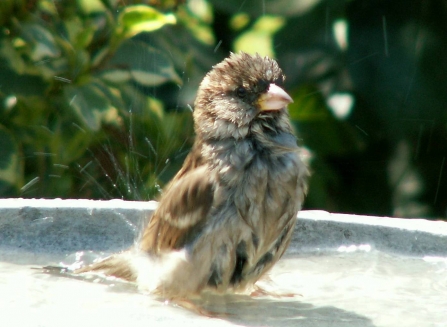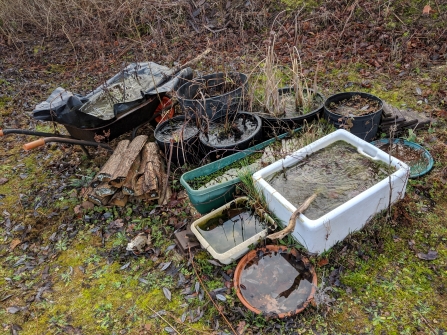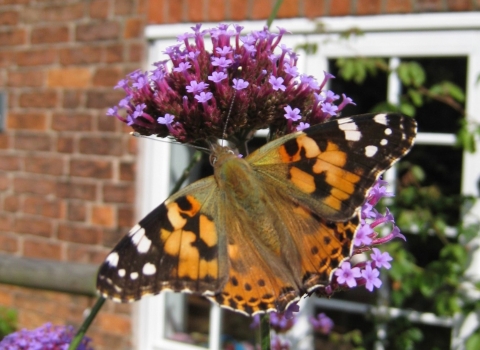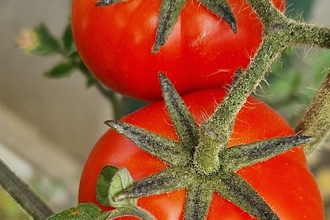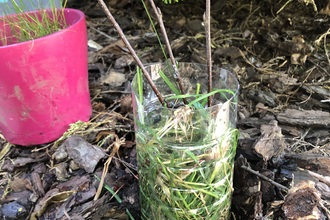Adding water to your garden is one of the simplest and best things you can do for wildlife.
I have to admit to knowing a little bit about ponds already, due to my love of amphibians, but I also learned some new things during my wildlife gardening research. There is a lot of advice out there and I have included some links at the bottom of the page.
The easiest option
I am all for the easy options! You don’t have to dig a pond to help wildlife. Water can sometimes be difficult for animals to access if it is very cold or very dry, so any kind of water in your garden will help: a bowl on the floor for hedgehogs, or even a (home-made?) bird bath.


